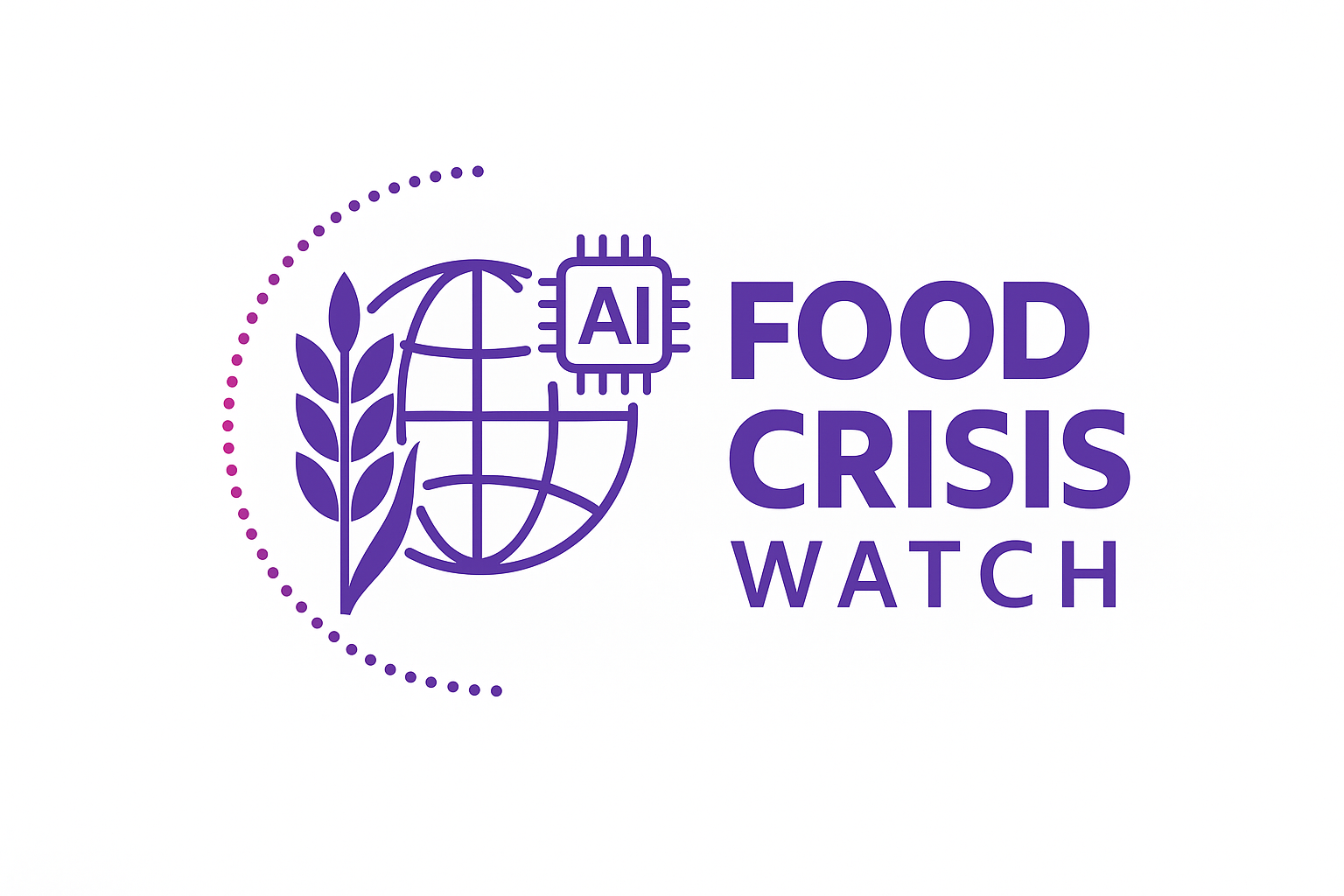Outline
- 01Summary
Researchers at IFPRI are exploring how machine learning and satellite data can help monitor food insecurity in conflict-affected and data-scarce regions. In Myanmar, the team led by Joe Guo is combining high-frequency household surveys with open-source satellite imagery to create detailed maps of welfare and vulnerability. The project builds on the Myanmar Household Welfare Survey, which covers more than 300 of the country’s 330 townships and over 3,000 village tracts.
By integrating multiple data layers—ranging from rainfall, vegetation, and nightlight intensity to food prices, population density, and conflict events—the model can estimate food insecurity and predict where hunger is likely to worsen. These high-resolution, spatially explicit estimates are particularly valuable where traditional monitoring is disrupted by instability or limited field access.
The next phase of research will test advanced AI approaches, such as deep learning and causal inference, to capture how shocks evolve over time and how interventions can reduce their impact. The findings will feed into IFPRI’s broader effort to develop AI-driven early warning systems, helping ensure that scarce humanitarian resources reach the people who need them most.
